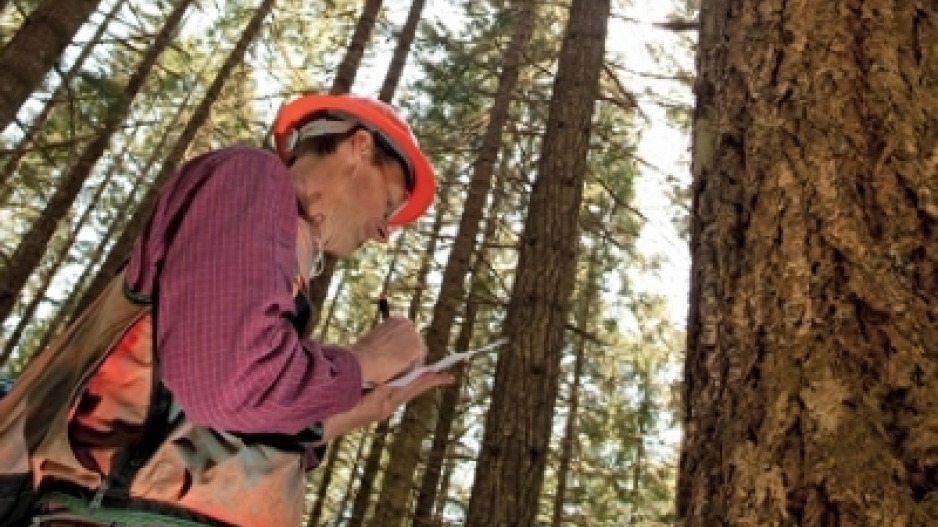By David Dyck, Alaska Highway News
In response to what the district is calling inaction on the part of the Ministry of Forests, Lands and Natural Resources, Fort Nelson is doing what it can to attract industry attention to its untapped forests with a document that lays out the advantages of Northern Rockies lumber.
The 26-page paper hits all the buttons for forestry investments, and the district hopes it will boost interest in an area that was just seven years ago known as the forest capital of British Columbia.
“It takes a lot of disparate information and it puts it in one location,” said Community Development Officer Mike Gilbert. “It’s a competitive environment right now to get the attention of the foresters, and they haven’t got a lot of time.”
The district is even translating the document into Chinese, in order to showcase it at a forestry conference in Beijing.
Gilbert is confident in the region’s ability to draw attention to the area: “There’s nothing others can do that we can’t do,” he said.
Specifically, Gilbert pointed to the fact that their region remains untouched by the pine beetle epidemic that ravaged much of B.C.’s forests.
“It’s just a reminder: don’t forget about Fort Nelson. We’re here, and we have great forest resources,” said Jack Stephenson, the district’s director of community development and planning. “The allowable cut is almost 1.7 million cubic metres a year.”
Stephenson also said they’re not getting much help from the government. “The ministry, with this glorious opportunity here in Fort Nelson, has done nothing – absolutely nothing – to tell people about the opportunity that’s in the Northern Rockies in regard to forestry,” he said. “The second largest TSA (timber supply area) in the province – it’s probably the greenest wood in the province other than what’s on the coast right now – and they’ve done nothing.”
The forestry office went down from staffing 26 people to around eight in the past eight years, Stephenson said.
“If you want to revive an industry how are you going to do it with eight people?” he asked. “So we’re taking matters into our own hands.”
The woods have also remained nearly untouched over the past five years, since the two big mills left, Stephenson added. “The amount of wood accumulated, because it hasn’t been cut, is well over 7 million cubic metres.”
That makes it a good opportunity for a startup company, he said, although he added he would prefer to see more than one project investing in the region. “It’s a lot more sustainable if you’ve got two or three strong companies as opposed to the one big guy,” he said.
Canfor had two mills operating in Fort Nelson until 2008. That is an era that Stephenson looks back on fondly. “We really do miss the employees that were there,” said Stephenson. “They weren’t in for two, out for two – they were serving on the fire department, they were on the ambulance service, they were using the golf course during the day on their days off. Foresters care too. They care about the town they live in, and we miss those guys.”
He said that’s the difference between the forestry industry and oil and gas. “When [oil and gas workers] aren’t working, they’re generally not around, so the ‘rootedness’ in the community, no pun intended, is one of the large advantages of forestry,” agreed Gilbert.
“That’s not to dismiss the importance of oil and gas, but economics 101: communities with diversified economies tend to do better in the long run.”
Both officials described the Fort Nelson economy as a three-legged stool, propped up by tourism, forestry and oil and gas: no single one of those will support the community on its own. However, Gilbert said the town is looking even past that, towards agriculture, though it is still in a very early stage. The argument is that once the forests are cleared, it’s possible to use that land for other things.
“There’s an interest among people that are already here, some of whom have been and will continue to be involved in forestry, but it’s something of a natural transition,” said Gilbert. “You clear the land and what do you do with it? There’s your answer.”
Alaska Highway News




